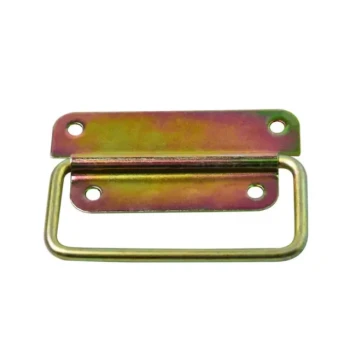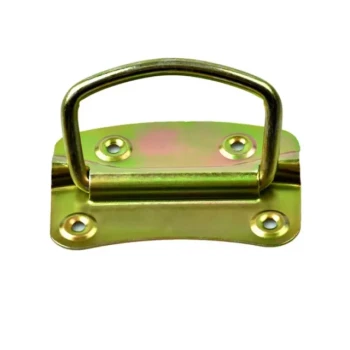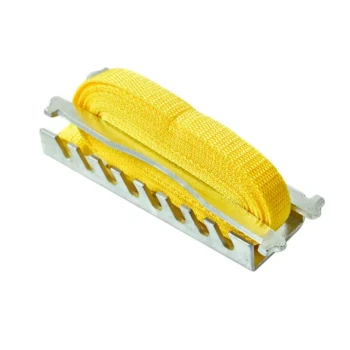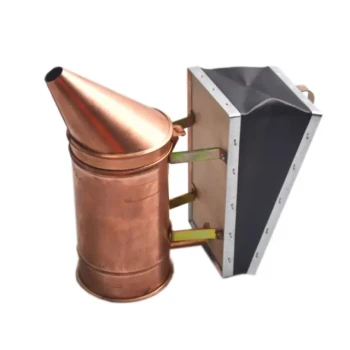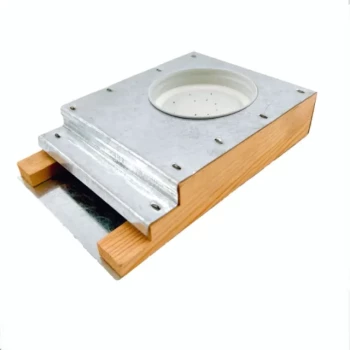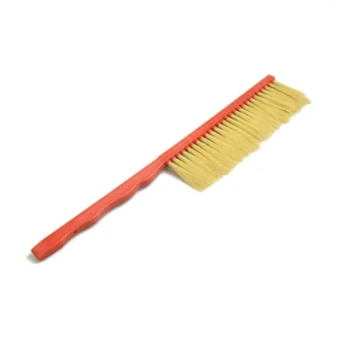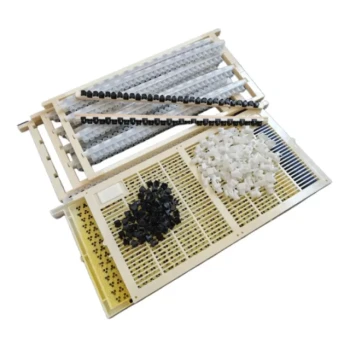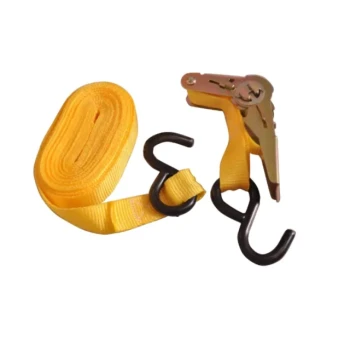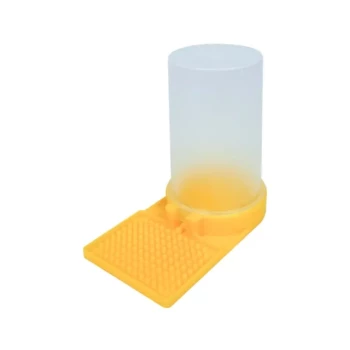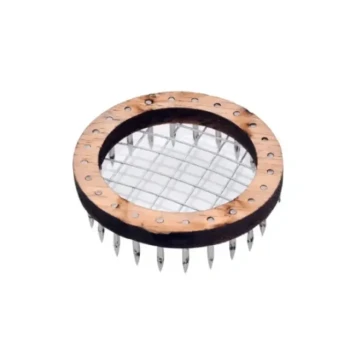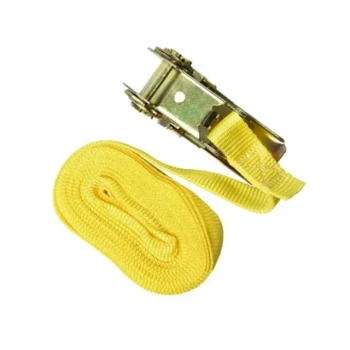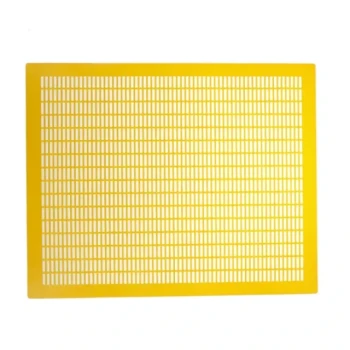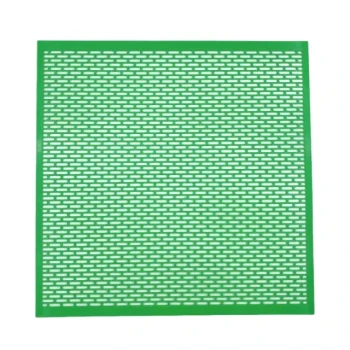Planning and Preparation
Choosing the Right Location
Selecting an optimal location for your apiary is one of the most critical decisions in beekeeping. The ideal site should provide protection from harsh weather conditions, such as strong winds and excessive rain, while also offering ample sunlight to keep the hive warm and active. Bees thrive in environments where they can easily access nectar and pollen sources throughout the foraging season. Proximity to flowering plants, trees, and other vegetation is essential for their sustenance.
Additionally, bees require a reliable source of fresh water within 1/4 mile of the hive. Water is vital for regulating hive temperature, liquefying crystallized honey, and raising brood. When choosing a location, ensure it is away from noisy areas, playgrounds, and places with high human traffic to minimize disturbances. The site should also be on the leeward side of a hill to provide natural wind protection and fairly dry to prevent moisture buildup in the hive.
Accessibility is another key factor. The apiary should be near good roads for easy transportation of equipment and harvested honey. Avoid areas prone to smoke, fire, vandalism, or unfriendly neighbors, as these can pose significant risks to your bees and their productivity.
Determining the Number of Colonies
When starting your beekeeping journey, it’s advisable to begin with at least two colonies. Having multiple hives allows you to compare their health, productivity, and behavior, which can provide valuable insights into managing your apiary. For instance, if one colony is struggling, you can transfer resources or bees from the stronger hive to support it.
Multiple colonies also offer a safety net in case one hive fails due to disease, pests, or other challenges. Additionally, bees from different hives can share resources, such as pollen and nectar, during times of scarcity. This collaborative dynamic can enhance the overall resilience and success of your apiary.
Ordering Equipment and Supplies
Beekeeping requires specific equipment and supplies to ensure the health and productivity of your colonies. Essential items include:
- Feeders: To provide supplemental food, especially during periods when natural resources are scarce.
- Hive Tools: For opening hives, removing frames, and performing maintenance tasks.
- Protective Clothing: Including veils, gloves, and suits to safeguard against bee stings.
- Hive Components: Such as brood boxes, supers, frames, and foundation sheets to construct and maintain the hive.
It’s crucial to order these items well in advance to avoid delays in setting up your apiary. High-quality equipment not only ensures the safety of your bees but also makes your beekeeping experience more efficient and enjoyable. Consider consulting experienced beekeepers or local beekeeping associations for recommendations on reliable suppliers and essential tools.
Setting Up the Hive
Preparing the Apiary
Before the bees arrive, it’s essential to prepare the apiary to ensure a safe and welcoming environment for your new colony. Start by assembling the hive and removing the cover. To create space for the bees, pull out and set aside three or four frames from the middle of the hive. This step allows the bees to settle in comfortably and begin building their comb.
Next, consider installing windbreaks to protect the hive from strong winds, which can stress the bees and disrupt their activities. Predator protection is another critical aspect. Electric fences or other deterrents can help safeguard the hive from threats like raccoons, skunks, or bears.
Once the physical setup is complete, prepare for the bees’ arrival by ensuring all necessary tools and supplies are ready. This includes a hive tool, a feeder, and a sugar syrup solution to encourage wax production and provide immediate nourishment for the colony.
Introducing Bees to the Hive
Introducing bees to their new hive is a delicate process that requires care and precision. The method varies depending on whether you’re working with a package of bees or a nucleus colony.
For a package of bees, begin by removing the wooden lid to expose the tin can feeder inside. Carefully remove the strap holding the queen cage, ensuring it doesn’t fall into the package. Place the package on its side over the space where you removed the frames and gently slide out the tin can. Then, pull the queen cage out of the package and set it aside on top of the frames.
Turn the package upside down and gently shake it to help the bees fall into the hive. If necessary, strike the side of the package to encourage the bees to move. Place the open package near the hive entrance to allow any remaining bees to enter on their own.
For a nucleus colony, the process is slightly different. After calming the bees with smoke, open the cage and shake the bees into the hive box. Place the queen cage in the hive without releasing her immediately. The cage is plugged with a candy cork, which the bees will eat away over a few days. During this time, the queen emits pheromones that help her gain acceptance from the colony.
Once the bees are settled, prepare a feeding solution to support their initial adjustment. Avoid frequent inspections in the first week to minimize stress, but monitor the hive for any unusual behavior. Reducing the hive entrance to a 2-3 inch opening can also help the bees defend their new home as their population grows.
Hive Management and Maintenance
Feeding Your Bees
Supplemental feeding is a crucial aspect of beekeeping, especially during periods when natural food sources are scarce. Beekeepers often use sugar syrup or dedicated feeds to support their colonies. This practice is particularly important in autumn, as it helps bees prepare for winter, and during severe droughts when nectar is limited.
Supplemental feeding serves multiple purposes:
- Supporting nectar flows: Ensures bees have enough energy to forage effectively.
- Pollination of crops: Helps maintain strong colonies for crop pollination.
- Colony divisions: Assists in building up colonies during spring and autumn divisions.
- Queen and package-bee production: Provides the necessary resources for raising new queens and producing package bees.
- Overwintering: Ensures colonies have sufficient food stores to survive the winter.
There are several methods for feeding sugar syrup to bees:
- Container feeder with a sealable lid: Prevents spillage and robbing by other bees.
- Plastic bag feeder: A simple and effective method for small-scale feeding.
- Shallow tray feeder: Allows easy access for bees while minimizing risks.
- Frame feeder: Fits directly into the hive, reducing disturbance to the colony.
First Week Observations
The first week after introducing bees to their new hive is critical for establishing a healthy colony. During this period, beekeepers should monitor bee activity closely and ensure the hive environment is suitable.
Key observations include:
- Bee activity: Check if bees are foraging and bringing in pollen.
- Signs of disease: Look for unusual behavior or physical symptoms that may indicate illness.
- Hive conditions: Ensure the hive is well-ventilated, protected from predators, and placed in an optimal location.
It’s also essential to research local beekeeping regulations before setting up your apiary. Some areas have legal limits on the number of hives allowed on small lots. Compliance with these laws prevents legal issues and ensures a smooth beekeeping experience.
Regular Hive Inspections
Regular hive inspections are vital for maintaining colony health and understanding bee behavior. These inspections allow beekeepers to identify potential issues early and make informed decisions.
Benefits of regular inspections include:
- Monitoring colony health: Detecting diseases, pests, or other problems before they escalate.
- Understanding bee behavior: Observing patterns in foraging, brood rearing, and queen activity.
- Ensuring hive productivity: Checking honey stores, comb construction, and overall hive conditions.
To conduct effective inspections:
- Have a clear purpose: Focus on specific goals, such as checking for brood or assessing honey stores.
- Minimize disruption: Work quickly and calmly to reduce stress on the bees.
- Document findings: Keep records of observations to track colony progress over time.
By incorporating these practices into your beekeeping routine, you can ensure the well-being of your bees and the success of your hive.
Avoiding Common Mistakes
Inadequate Research and Preparation
One of the most critical mistakes new beekeepers make is failing to conduct adequate research and preparation. Beekeeping is not a one-size-fits-all endeavor; local conditions play a pivotal role in determining the success of your apiary. Environmental factors such as climate, pesticide exposure, and resource availability can vary significantly even within short distances. For instance, bees in urban areas may face different challenges compared to those in rural settings, such as limited foraging opportunities or increased exposure to pollutants.
Understanding the specific needs of bees in your region is essential. This includes knowing the local flora that provides nectar and pollen, as well as being aware of any local regulations or restrictions on beekeeping. For example, some municipalities may have specific guidelines on hive placement or require permits. Ignoring these factors can lead to significant problems, such as colony stress, poor honey production, or even legal issues.
Improper Hive Setup and Maintenance
Another common mistake is improper hive setup and maintenance. The hive is not just a container for bees; it’s their home, and its design and upkeep directly impact the colony’s health and productivity. One crucial aspect often overlooked is hive ventilation. Proper ventilation is essential for regulating temperature and humidity levels within the hive. Bees rely on airflow to dry nectar, manage moisture, and maintain a stable internal environment.
Poor ventilation can lead to overheating, increased humidity, and potential health issues for the colony. For example, excessive heat can cause bees to cluster outside the hive in a behavior known as "bearding," which can stress the colony and reduce its productivity. Additionally, high humidity levels can promote the growth of mold and pathogens, further jeopardizing the hive’s health.
Regular maintenance is equally important. Neglecting routine checks can result in unnoticed issues such as pest infestations, disease outbreaks, or structural damage to the hive. Regular inspections allow you to address these problems early, ensuring the colony remains healthy and productive.
Over-Harvesting Honey and Ignoring Illness
Over-harvesting honey is a mistake that can have severe consequences for your bee colony. While it’s tempting to reap the rewards of your hard work, bees rely on their honey stores for sustenance, especially during the winter months. Removing too much honey can deprive the colony of essential food, leading to starvation and colony collapse.
Equally detrimental is ignoring signs of illness or parasites. Bees are susceptible to various diseases and pests, such as Varroa mites, Nosema, and American foulbrood. Early detection and treatment are crucial to preventing the spread of these issues. Ignoring symptoms like decreased activity, abnormal bee behavior, or visible parasites can lead to the rapid decline of the colony.
In conclusion, avoiding these common mistakes requires a combination of thorough research, proper hive management, and vigilant monitoring. By addressing these areas, you can create a thriving environment for your bees and enjoy the rewards of successful beekeeping.
Visual Guide
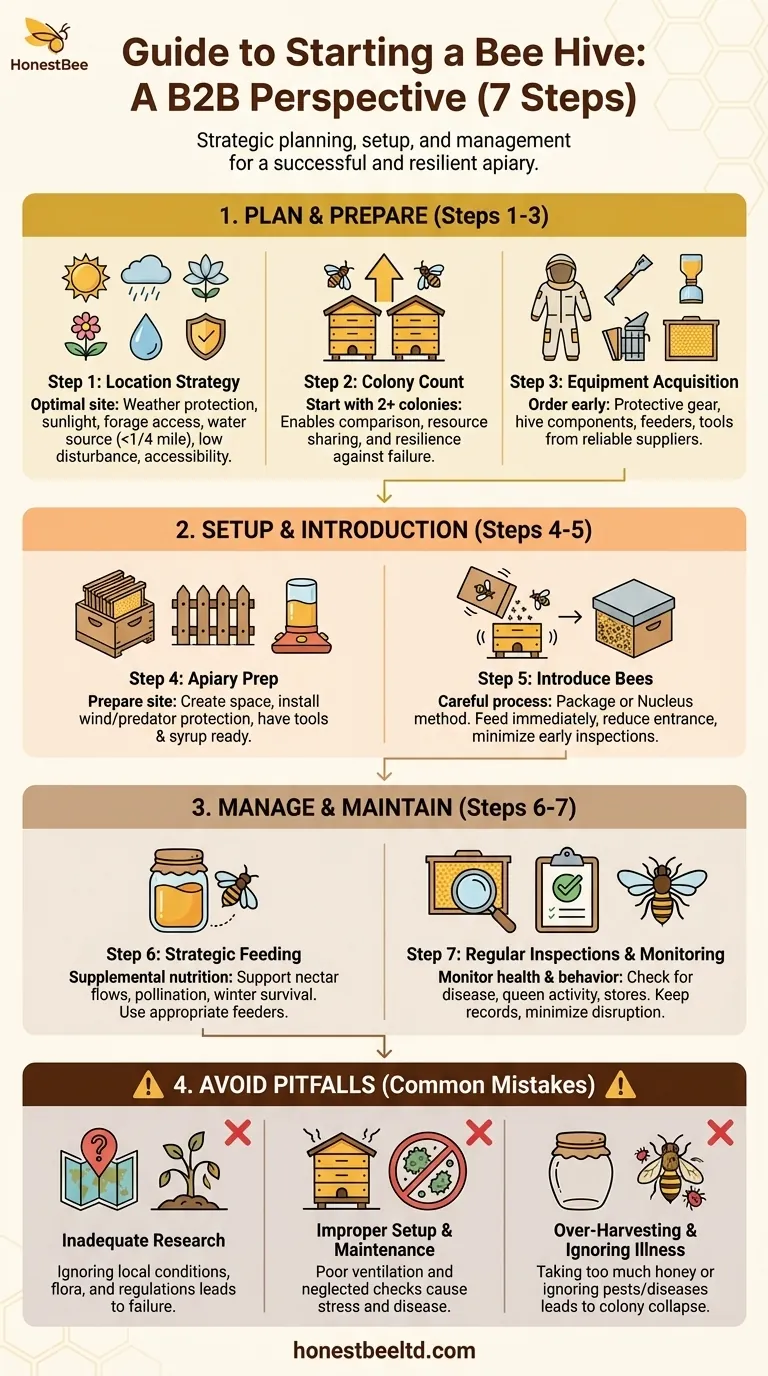
Related Products
- Professional Drop-Style Hive Handles for Beekeeping
- Professional Grade Foldable Beehive Handles
- Professional Galvanized Hive Strap with Secure Locking Buckle for Beekeeping
- Premium Traditional Copper Bee Smoker with Bellows
- Nicot Queen Rearing Kit for Beekeeping and Grafting in Nicot System
Related Articles
- The First 18 Inches: How Hive Stands Define a Beekeeper's Longevity
- The Comprehensive Benefits of Beekeeping
- Beyond the Bee Box: Why Your First Apiary Investment Determines Your Success
- How to Determine the Optimal Beehive Stand Height for Comfort and Efficiency
- How to Choose Between Top Bar and Langstroth Hives for Effortless Beekeeping

